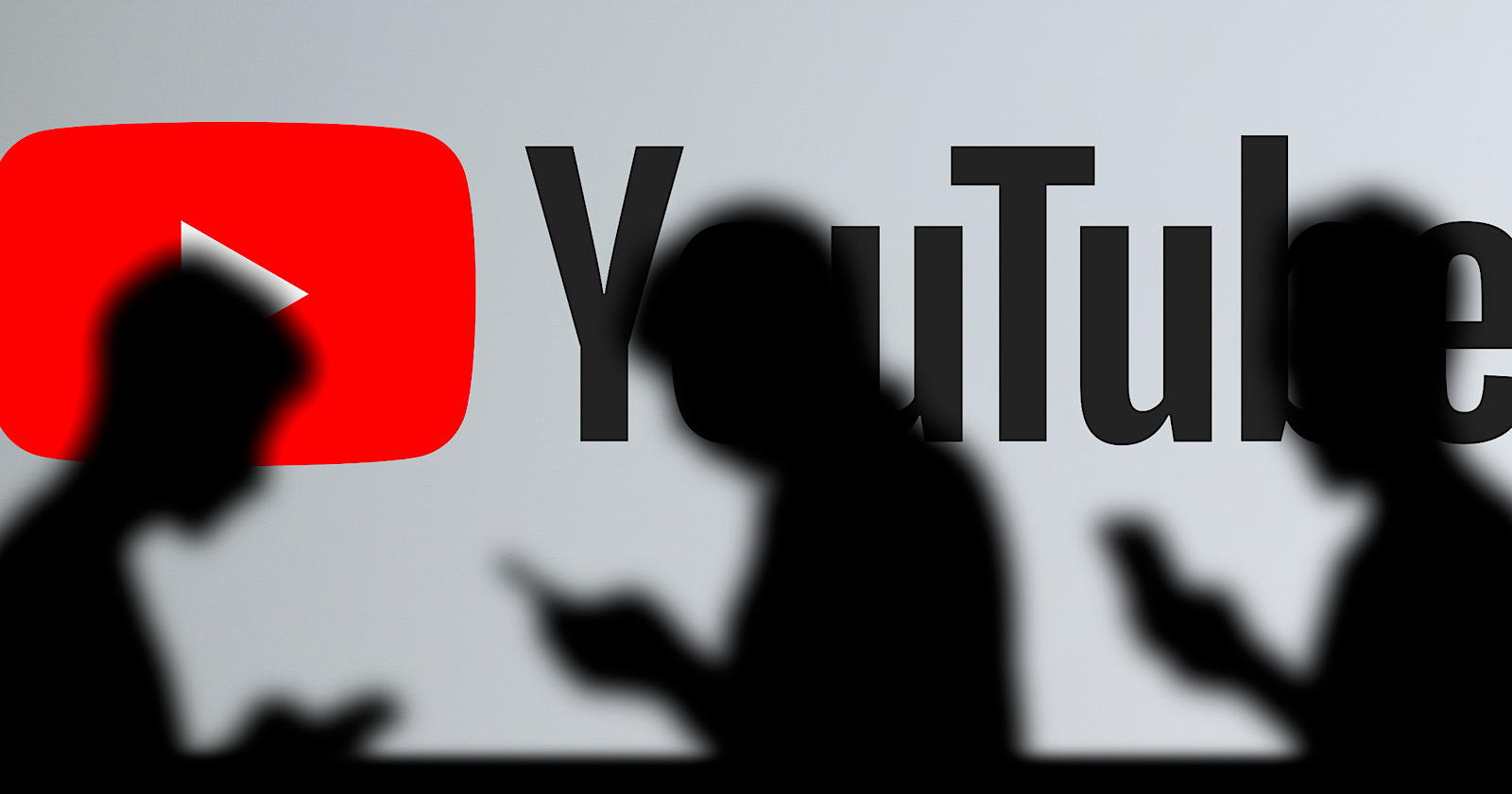Beyond Traffic: How To Drive Sales Through Google’s AI Mode and ChatGPT
Still measuring success by clicks alone? You’re falling behind. AI tools like Google’s AI Overviews and ChatGPT have changed how people search for information. They’ve also created shifts in how they buy. Users today skip your homepage and make...

Still measuring success by clicks alone? You’re falling behind.
AI tools like Google’s AI Overviews and ChatGPT have changed how people search for information. They’ve also created shifts in how they buy. Users today skip your homepage and make purchasing decisions inside the AI interface itself. That often means you’re either in the answer or completely outside the funnel.
There’s good news, though: This shift opens huge opportunities for forward-thinking marketers.
If you understand how to optimize for this new behavior, you can turn tools like ChatGPT into a sales engine. Let’s break down how it works.
Key Takeaways
Generative AI is collapsing the sales funnel. Users discover, compare, and convert all in one place. Using ChatGPT to drive sales influences buyer behavior and purchase intent. Visibility in AI tools involves designing content for citations as well as search rankings. Use structured content, a curated off-site presence, and trust-building formats to boost your AI inclusion. Mid-funnel tools like quizzes and calculators engage users and make your brand AI-citable.How Generative AI is Changing The Sales Funnel
Buyers today don’t always click through multiple sites to make a decision. Instead, they’re finding discovery, validation, and recommendations right inside AI tools. Just check out these numbers:
44% of users say they’d purchase based on AI suggestions (GWI). 80% of AI answers include five or fewer sources (Bloomreach). Perplexity monetizes over 1 million commercial queries per day (iPullRank).If you don’t show up in the results, you’re not showing up in the decision. These tools compress the traditional sales funnel, leading to fewer clicks and faster decisions. While users might not visit your site, your influence can still drive sales.
AI Visibility and Purchasing Decisions
When we talk about AI, we’re not just talking about “being seen.” The best brands are trusted, referenced, and included in the places that now influence buyers the most.
The source list is short on platforms like Google’s AI Mode and ChatGPT results. Your content needs to live in the places these tools pull from. Blogs just won’t cut it anymore. Affiliate sites, YouTube demos, Reddit threads, and product roundups are all important spots for inclusion. Visibility does not equal volume. Instead, focus on smart placement. One strong citation can influence more than 1,000 impressions.
How To Design For Sales Instead of Clicks Using AI Tools
If you want to win in a world where AI is on top, stop thinking about blue links. Traditional SEO is no longer enough. Start thinking like an AI engine and focus on GEO. Your job is no longer to focus on traffic. Instead, prioritize being the answer. To do that, structure content in ways AI tools understand, cite, and trust.
Choose The Right Formats and Structure
AI loves content that it can summarize. Here’s what works well:
Comparison tables to help users evaluate options How-to guides that break down actionable steps FAQ-style layouts that clearly answer high-intent questions Visual assets like product images and demo videos
WikiHow’s “How to Write a How-To Guide” is some Inception-level stuff, but it lays things out clearly.

Wirecutter’s dog bed recommendations include multiple options that compare price and explain why each one is a great pick.
Think outside of word count; high-level scanning and structure trump length. Break your content into sections with strong headers (while using H2s and H3s to break them up correctly!). Highlight key facts with short summaries. Keep important information above the fold.
Include CTAs and trust signals near the top, such as expert quotes, star ratings, or certifications. These aren’t just for the users’ benefit; they also help AI gauge authority.
Own The Mid-Funnel With Smart Tools
Want AI tools to reference your site more often? Give them something worth referencing. That includes mid-funnel tools:
Product quizzes ROI calculators “Find your fit” recommendation enginesYes, these engage users and help make purchasing decisions. But they also create structured data AI loves.

Hat brand Melin offers a fit quiz to narrow down the types of hats a user might want to buy.
Here’s an example: Perplexity often cites sites that offer interactive decision tools. Why? Because they help guide the user journey. That adds value to citations. In addition, these tools collect first-party data. Every answer a user gives you is yet another chance to personalize their experience and move them closer to purchase.
Be Featured Where AI Is Pulling Results
Your site isn’t the only place that AI tools crawl. They can also pull information from:
YouTube demos Reddit threads Expert roundups Affiliate review listsBy only optimizing your blog, you’re missing most of the playing field.
How do you get your information out there? Start partnering with trusted voices and submit your product to curated lists. Ask for mentions in credible roundups from publications. Every off-site citation is a new entry point to the AI’s answer box (and potentially the buyer’s journey).
Serve AI Crawlers and Consumers
It’s no surprise that many of the best practices for traditional SEO still work for AI crawlers. You may need to optimize for more specific questions. Write page titles that answer the query and use clean meta descriptions, not keyword-stuffed blurbs. Adding alt text to every image is critical, too.
For pages that feature lots of long-form content, consider converting it into short Q&A blocks or featured snippet formats. Don’t neglect schema, either; while it’s not enough on its own, it still supports AI discovery. At the end of the day, semantic clarity and good formatting win out.
Structure helps machines understand, but clear, helpful copy wins users.
Measure Impact and Capture Leads
Even though the traffic won’t look the same, AI impact is still measurable (and monetizable). Start with UTM parameters for AI tools like Perplexity, Bing, or Gemini. Short polls asking “How did you find us?” can help identify AI-driven exposure, while tools like Hotjar or session replays help you understand user behavior.
With this information in hand, you’re ready to act. Trigger notifications flow when AI-originated traffic hits your site, including “Why Gemini recommends us for [X]” or “Here’s why ChatGPT ranked us #1.”
If someone lands from an AI platform, they’re already pre-sold on the product. Your job is to make it easy to convert.
Common Mistakes To Avoid With AI
Even seasoned marketers can make missteps when they optimize for AI. Sometimes that means chasing traffic instead of conversions. After all, ranking high doesn’t matter if the content doesn’t drive decisions. Ignoring the affiliate ecosystem is another flag. Because AI tools lean hard on third-party validation, failing to appear on those comparison lists or review roundups could make you invisible.
Finally, don’t assume traditional SEO is enough. While many of the best practices for one can apply to the other, it’s not a pure apples-to-apples comparison. AI engines don’t think in blue links. They think in summaries, structure, and semantic relevance.
Treat AI platforms as their own ecosystems. Because they are.
Conclusion
The customer sales journey has rapidly evolved, and AI has played a big role. From ChatGPT to Google’s AI Mode, users form opinions, compare options, and convert before visiting your site. Ranking alone isn’t enough to win in this environment. You must become the answer.
That means structured content and AI-friendly formats. Build smart tools and a strategic off-site presence to earn more trust and citations.
AI has shifted from a current trend to the next phase of search. If you’re ready to lead in it, we’re here to help.

 Koichiko
Koichiko 






























